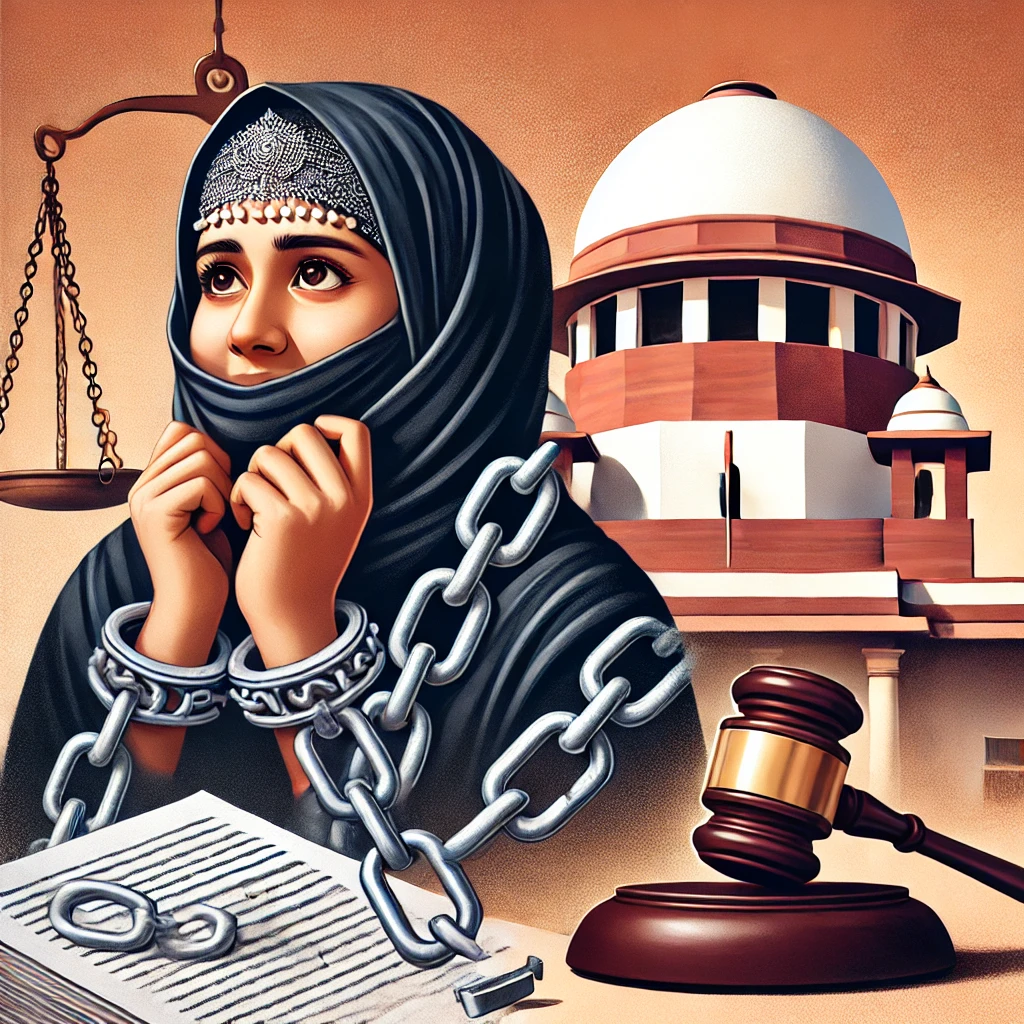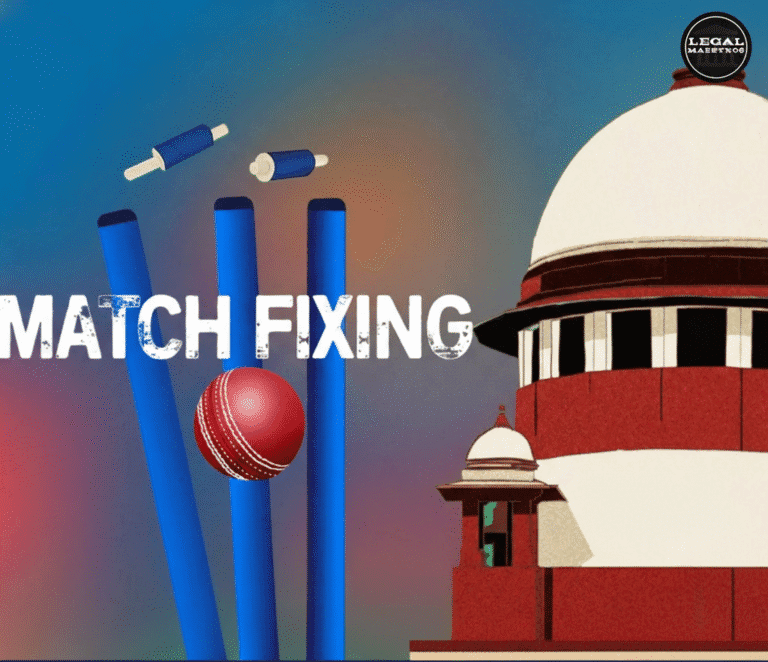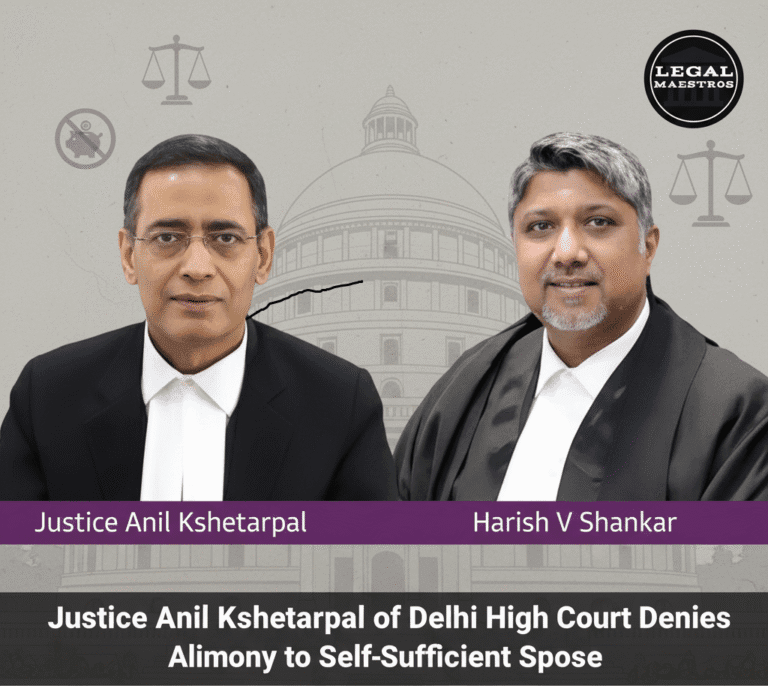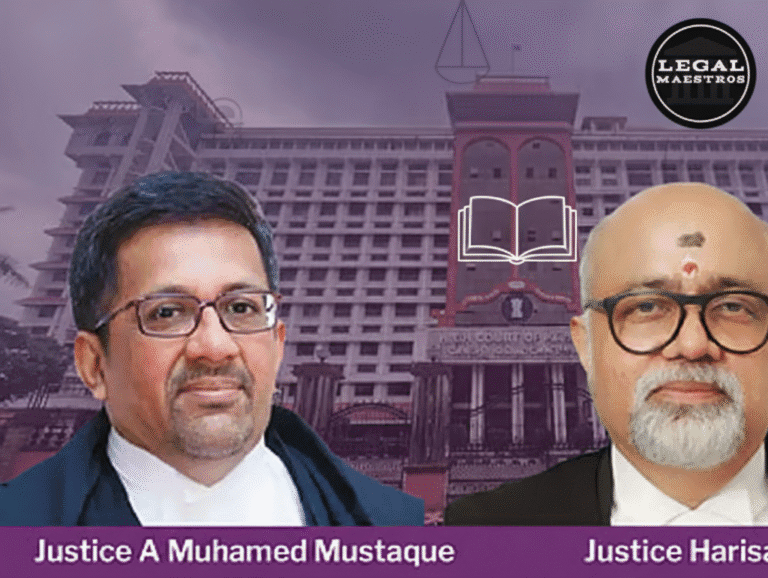
Impact of the Supreme Court Judgment on the Practice of Triple Talaq
It is in August 2017 that the Supreme Court of India has delivered a landmark judgment declaring the practice of instant triple talaq known as “talaq-e-biddat” unconstitutional. This has also been a great turning point in the legal and social scenario of the country, especially with regards to the rights of Muslim women.
Triple talaq is the practice wherein a Muslim man can instantaneously divorce his wife by pronouncing the word “talaq” (divorce) three times in succession. Although some used this form of divorce, the practice was criticized widely for being arbitrary and for the undue power that it accorded to men in marital relationships over women.
The case which resulted in this historic judgment is Shayara Bano v. Union of India. Shayara Bano, who hailed from the state of Uttarakhand, was divorced after 15 years of marriage under instant triple talaq. She had moved the Supreme Court with a writ petition questioning its constitutionality. She had averred that her fundamental rights have been violated under this practice. Her petition was supported by several women’s rights organizations and activists who contended that triple talaq was discriminatory and infringed upon the rights to equality and dignity guaranteed by the Indian Constitution.
For any queries or to publish an article or post or advertisement on our platform, do call at +91 6377460764 or email us at contact@legalmaestros.com.
After extensive hearings, the Court delivered a split verdict. By a 3:2 majority, the practice of instant triple talaq was declared unconstitutional. The majority held that this form of divorce was “manifestly arbitrary” and violated the fundamental rights of Muslim women. They emphasized that any practice that allows a man to “whimsically and capriciously” divorce his wife cannot be considered integral to religious practice and is, therefore, subject to constitutional scrutiny.
Acknowledging the imperfections inherent within triple talaq, it held that practice was a necessary constituent of personal law under the Islamic system. Thus, there existed a conflict with religious freedom. They claimed that such acts should be subject to reformulation by the legislative rather than by the judiciary.
For any queries or to publish an article or post or advertisement on our platform, do call at +91 6377460764 or email us at contact@legalmaestros.com.
The short-term outcome of the judgment was the rejection of the practice of instant triple talaq. A Muslim man could not abruptly and unilaterally divorce his wife merely by pronouncing the word “talaq” three times. It brought substantial respite to numerous Muslim women who were on the receiving end of such arbitrary form of divorce, mostly ending up in a financially and socially negligible state.
In addition to legal implications, the judgment significantly involved social ones: it was a victory for gender justice and a critical step towards Muslim women’s empowerment in India. Nationwide discussions grew regarding needed reforms within personal laws to bring them in sync with constitutional principles of equality and justice.
On the other hand, judgment was severely criticized by sections. It is felt that the court overreached its powers as it decided a matter in respect of religion where the choice to make religion the law belonged strictly to religious groups or as legislative policy decisions. Others again argue that this judgment does not tackle enough about discriminatory practices by the personal law of the different classes.
For any queries or to publish an article or post or advertisement on our platform, do call at +91 6377460764 or email us at contact@legalmaestros.com.
As a reaction to the judgment and a further series of debates, the Indian government passed the Muslim Women (Protection of Rights on Marriage) Act, 2019. This act made instant triple talaq a crime that would carry three years of imprisonment. This law was not only for deterring the practice but also for allowing more legal recourse to women who suffered from this practice in any manner.
However, criminalizing triple talaq caused its own furore. Many argued that criminalizing the process would potentially lead to the incarceration of Muslim men, which could further disrupt the family and starve the family of financial support that the woman may need. Critics suggested that civil remedies like monetary compensation and other necessary expenditure rather than criminalization was appropriate.
Despite these debates, the Supreme Court judgment was nothing but a new milestone in Indian legal history as it again recalled the judiciary towards the values that the Constitution aims to preserve against discriminatory practices; even those born out of age-old religious or cultural traditions.
For any queries or to publish an article or post or advertisement on our platform, do call at +91 6377460764 or email us at contact@legalmaestros.com.
There have been fewer incidents of instant triple talaq since the judgment was pronounced. Most Muslim women reported feeling safer in their marriages now that they had the protection of the law against arbitrary divorce. The judgment also emboldened women of other communities, leading to a more generalised movement for personal law reforms in India.
In conclusion, the judgment of the Supreme Court on triple talaq has significantly impacted both the legal and social structures of India. Not only has it invalidated a discriminatory practice against Muslim women, but it has also set a precedent for challenging other regressive practices within personal laws. The judgment remains a testimony to India’s commitment to the principles of equality, justice, and individual rights as enshrined in its Constitution, despite challenges and debates.







